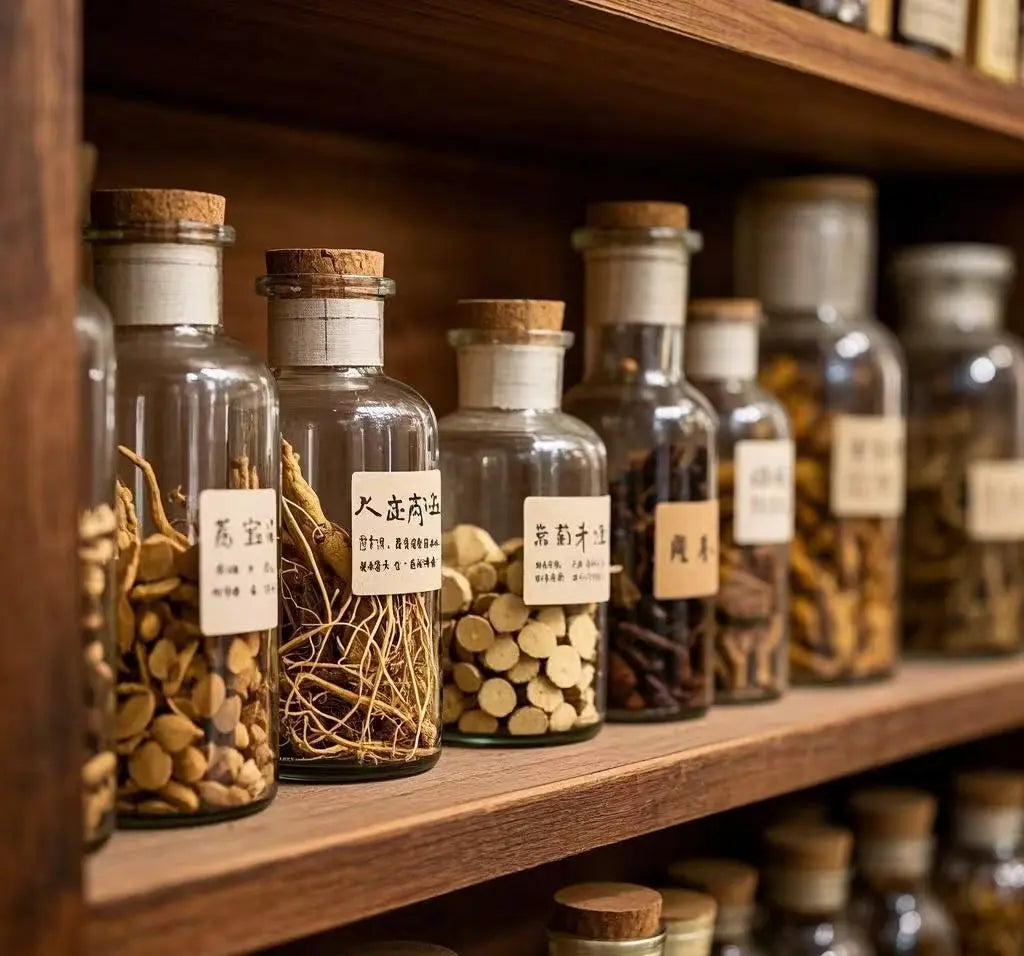Chinese herbal medicine harvested, in addition to the provisions of the fresh products, must first be processed through the origin, in order to facilitate transportation and storage. First of all, to remove soil impurities and non-medicinal parts, and then according to different varieties, respectively, net selection, peeling, trimming, heat treatment (steaming, boiling, scalding, etc.), soaking and bleaching, fumigation and sulfur, sweating, drying, grading and other treatments. Chinese medicine in the storage process, by external factors and their own factors, the quality of continuous change, the nature and degree of change varies. After the quality change of Chinese medicine, poor quality, loss of active ingredients, can lead to reduced efficacy, loss of medicinal value, and even produce adverse reactions.
Now the commonly used drying, processing, storage methods, respectively, are described below.
(I) Drying
After the collection of Chinese medicine, it should be dried quickly to avoid mold and deterioration, reduce the efficacy of medicine, resulting in waste. Commonly used methods are:
1, sun-drying the collection of Chinese medicine in the sun, such as ginger, pomegranate peel, etc., the advantage is economic, simple.
2. drying Put the drug in a cool, ventilated dry place to gradually evaporate its water, so that it is dry, generally used for flowers or aromatic drugs, such as ephedra, wood, etc..
3. drying Put the drug on the kang or drying room, such as chrysanthemum. The advantage is that the temperature can be
The advantage is that the temperature can be adjusted at will, not affected by weather changes.
4. Lime drying method Put the medicine into a closed container with raw lime, and then, place it in a cool and dry place. Applicable to animal drugs, such as insects, organs and so on.
(ii) Processing
Some drugs are collected and then dried after simple processing to ensure quality and facilitate storage. Containing more starch or mucus, not suitable for sun-dried drugs, must first be boiled in boiling water, or steamed in a cage before drying, such as the parts of the lily, Yanhuisuo, sasanqua, lily and so on. Herbs that are hard or coarse after drying can be sliced while fresh and then dried, such as Radix et Rhizoma Dioscoreae, Radix Polygoni Multiflori, and so on. Skin herbs can be scraped off the old skin or corky skin while fresh, and then dried, such as cypress, cinnamon, mulberry white bark, etc..
(iii) Storage
After drying the drug should be stored in a dry and ventilated place, and regularly checked, especially in the rainy season to pay attention to the sun. Mainly to prevent insects, mold, deterioration, to ensure the efficacy or stay ready for a long time to apply.
The main manifestations of the quality change of Chinese medicine are insect infestation, mildew, oil and sugar, color change, smell change, texture change, form change, melting and moisture, weathering and so on. There are many factors affecting the quality of traditional Chinese medicine, including the composition and nature of traditional Chinese medicine, the quality of harvesting and processing of herbs, the quality of concoction of tablets, packaging factors, environmental factors (mainly including air, sunlight, temperature, humidity, biological pollution, man-made pollution, and time factors), etc. The main factors affecting the quality of traditional Chinese medicine are microorganisms, pests and insects. Biological pollution refers to microorganisms, pests, hamsters and other secretions of foreign bodies, excretion of feces, residual body corruption. Man-made pollution, generally refers to the use of chemicals to maintain Chinese medicine, so that the color of the herb changes, or residual poisonous residue remains. Most of the Chinese medicines are stored for too long, the quality will be reduced, the content of the ingredients will be reduced, and at the same time easy to deteriorate. However, according to the experience of previous generations, there is also a part of the drug “with the drug to the old good”, that is, the storage time should not be too short, it is worth further exploration.
At present, the main methods of storage and maintenance of traditional Chinese medicine are:
(1) drying treatment storage, including drying treatment, drying treatment, microwave drying treatment, far infrared drying treatment.
(2) sealed storage, including container sealed storage, cover tent sealed storage, storage room sealed storage.
(3) Moisture absorption conservation, including moisture absorption agent moisture absorption conservation, mechanical moisture absorption conservation.
(4) Chemical conservation, such as sulfur fumigation conservation, low oxygen and low drug conservation.
(5) air-conditioning conservation, mainly natural oxygen reduction, mechanical oxygen reduction and carbon dioxide filling three methods. Due to the variety of traditional Chinese medicine, traits vary greatly, containing complex components, it should be based on specific circumstances, the use of appropriate storage methods and technology.
In addition, there are individual drugs need to take special storage methods, such as peony dandanpi and zedoary with storage; ginseng and ginseng with storage; Panax ginseng within the camphor; cypress seed kernel within the alum; earthworms, centipedes, earthworms within the garlic and other methods.
For highly toxic drugs, such as mercury, arsenic, etc., special cabinets should be used and locked, and special persons should be appointed to keep them in order to prevent serious consequences.

